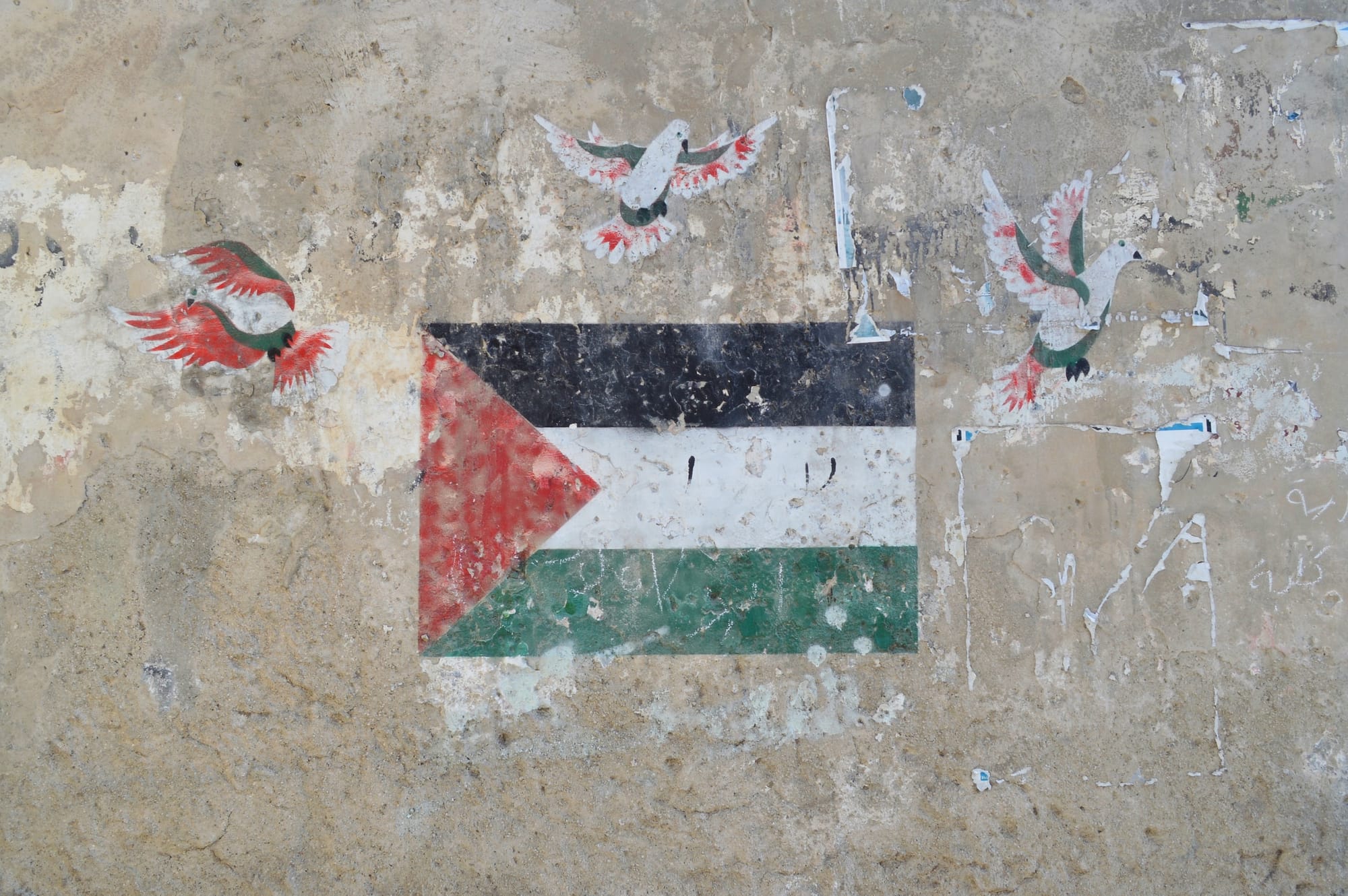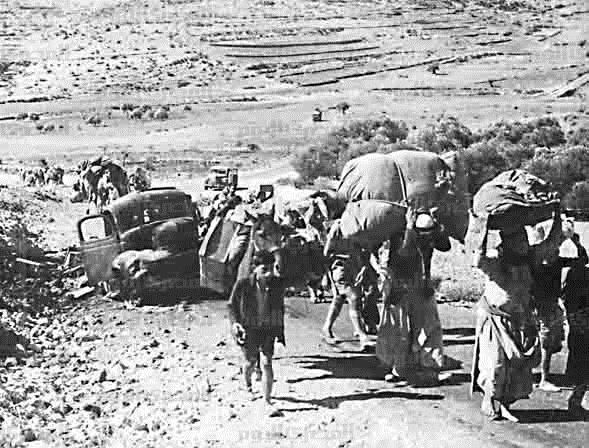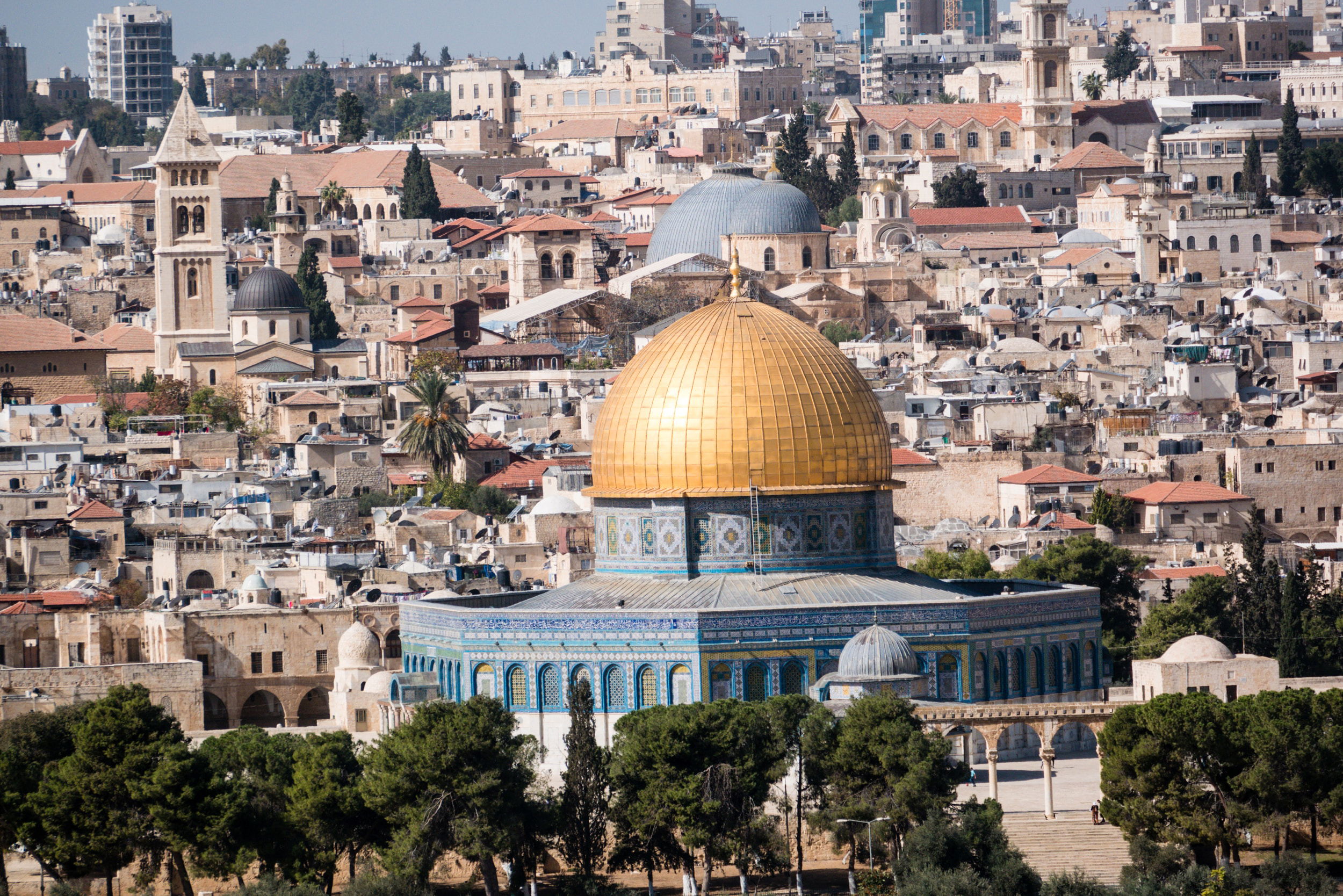La verdad sobre el conflicto palestino-israelí

The “Balfour Declaration” was issued on November 2, 1917, granting Britain the right to the Jews to establish a national homeland for themselves in Palestine.
This promise represented the West’s first actual step on the path to establishing an entity for the Jews on the land of Palestine in response to the desires of global Zionism at the expense of the Palestinian people.
Since that date, the chapters of the Arab-Israeli conflict began on Earth, with both sides waging multiple wars and confrontations, the last chapter of which was the Al-Aqsa Flood.

Here is a timeline of the main conflicts:
History of the Palestinian-Israeli conflict
Britain took control of Palestine after the defeat of the Ottoman Empire in World War I.
This land was inhabited by a Jewish minority and an Arab majority.
Tensions grew between both sides after the international community gave Britain the task of establishing a “national homeland” for the Jewish people in Palestine.
Between the 1920s and the 1940s, the number of Jews coming to Palestine grew, as did violence between Jews and Arabs or against British rule in the region.
In 1947, the United Nations voted on a resolution to divide Palestine into two separate states, one Jewish and the other Arab, with Jerusalem becoming an international city.
Jewish leaders agreed to this plan while the Arab side rejected it.
In 1948, the British who were ruling the region left without being able to solve the problem, so the Jewish leaders announced the establishment of the State of Israel, and many Palestinians objected to this, which led to the outbreak of the First Arab-Israeli War, which ended in 1949 with an Israeli victory, with the displacement of 750 One thousand Palestinians, and then the region was divided into 3 parts:
Israel, the West Bank (Jordan River), and the Gaza Strip.
During the following years, tensions escalated in the region, especially between Israel, Egypt, Jordan, Syria, and Lebanon, most notably the Suez Crisis or the Triple Aggression, which was the war launched by Britain, France, and Israel against Egypt in 1956, after President Gamal Abdel Nasser decided to nationalize the Suez Canal, the second The Arab-Israeli wars after the 1948 war.
In June 1967, following a series of maneuvers carried out by the late Egyptian President Gamal Abdel Nasser, Israel launched a pre-emptive attack on the Egyptian and Syrian air forces, beginning the Six-Day War.
After the war, Israel gained territorial control over the Sinai Peninsula and the Gaza Strip from Egypt; The West Bank and East Jerusalem of Jordan; And the Golan Heights of Syria.
Six years later, October 6 came, and a war was launched by Egypt and Syria in a surprise attack on both fronts against Israel to regain the usurped lands.
In 1979, following a series of ceasefires and peace negotiations, representatives from Egypt and Israel signed the Camp David Accords, the peace treaty that ended the thirty-year conflict between Egypt and Israel.
The first intifada
Although the Camp David Accords improved relations between Israel and its neighbors, the issue of self-determination and autonomy for the Palestinians remained unresolved, as hundreds of thousands of Palestinians living in the West Bank and Gaza Strip, in 1987, rose up against the Israeli occupation government in what was known as the First Intifada.
The first Oslo Accords in 1993 mediated the conflict, establishing a framework for Palestinians to govern themselves in the West Bank and Gaza Strip, and also enabled mutual recognition between the Palestinian Authority and the Israeli occupation government.
The Second Oslo Accords expanded on the first agreement, in 1995, and added provisions requiring the complete withdrawal of Israel from 6 cities and 450 towns in the West Bank.

The second intifada
The Palestinians launched the Second Intifada, in September 2000, and lasted until 2005.
In response, the Israeli occupation government agreed to build a separation wall around the West Bank in 2002, despite opposition from the International Court of Justice and the International Criminal Court.
In June 2006, Hamas captured Israeli soldier Gilad Shalit, prompting Israel to launch air strikes and incursion into the Strip.
Shalit was eventually released after more than five years in a prisoner exchange.
In December 2008, Israel launched a 22-day attack on Gaza, killing 1,400 Palestinians and 13 Israelis before a ceasefire was agreed upon.
The United States tried to revive the peace process between the Israeli occupation government and the Palestinian Authority in the West Bank in 2013, but peace talks were disrupted when Fatah - the ruling party in the Palestinian Authority - formed a unity government with its rival faction, Hamas, in 2014.
In the summer of 2014, clashes in the Palestinian territories sparked a military confrontation between the Israeli army and Hamas, with Hamas firing nearly three thousand rockets at Israel, and Israel responded with a major attack in Gaza.
In November 2012, Israel assassinated Hamas military leader Ahmed al-Jaabari, which sparked confrontations between the Israeli army and Palestinian factions that resulted in the deaths of 164 Palestinians.
The skirmishes ended in late August 2014 with a ceasefire agreement brokered by Egypt, but after 2,251 Palestinians were martyred, 73 Israelis were killed, and after a wave of violence between Israelis and Palestinians in 2015, Palestinian President Mahmoud Abbas announced that the Palestinians would no longer be bound by regional divisions.
Established by the Oslo Accords.
The seventieth anniversary of the Nakba
In March and May 2018, Palestinians in the Gaza Strip organized weekly demonstrations on the border between the Gaza Strip and Israel, coinciding with the 70th anniversary of the Nakba, the mass Palestinian exodus that accompanied Israel’s independence.
Although most of the demonstrators were peaceful, the occupation forces killed 183 Demonstrators and more than 6,000 were injured by live ammunition.
Fighting also broke out between Hamas and the Israeli occupation army in May 2018, in what became the worst period of violence since 2014
. Before a ceasefire was reached, militants in Gaza fired more than a hundred rockets at Israel.
Israel responded by launching strikes on more than fifty targets in Gaza during the escalation, which lasted twenty-four hours.
The United States plan to establish the State of Israel
The administration of Donald J. Trump made achieving an Israeli-Palestinian deal a foreign policy priority.
In 2018, the Trump administration eliminated funding for the United Nations Relief and Works Agency, which provides assistance to Palestinian refugees, and moved the US embassy from Tel Aviv to Jerusalem, which marked a shift from Long-term American policy.
The decision to move the US Embassy to Jerusalem was met with applause from the Israeli leadership, but was condemned by Palestinian leaders and others in the Middle East and Europe.
Israel now considers “complete and united Jerusalem” its capital, and in January 2020, the Trump administration issued its long-awaited “Peace to Prosperity” plan, Which was rejected by the Palestinians because of its support for Israel’s future annexation of settlements in the West Bank and control of “undivided” Jerusalem.

Sheikh Jarrah neighborhood case 2021
In October 2020, an Israeli court ruled that many Palestinian families living in the Sheikh Jarrah neighborhood in East Jerusalem would be displaced by May 2021, with their lands handed over to Jewish families.
But several Palestinian families from Sheikh Jarrah filed an appeal against the court ruling in February 2021, sparking protests over appeal hearings, the ongoing legal battle over property ownership, and the forced displacement of Palestinians from their homes in Jerusalem.
Palestinians began demonstrating in the streets of Jerusalem to protest the impending evictions, and in late April 2021, residents of Sheikh Jarrah—along with other activists—began nightly sit-ins.
After the court ruled in favor of the evictions, the protests expanded.
In early May, the Israeli police used force against the demonstrators.
After weeks of daily demonstrations and escalating tensions between demonstrators, Israeli settlers and the police during the month of Ramadan, violence broke out in the Al-Aqsa Mosque complex in Jerusalem, where... Israeli police fired stun grenades, rubber bullets, and water cannons during confrontations with demonstrators, which led to the injury and death of hundreds of Palestinians.
Following the clashes in the Old City of Jerusalem, tensions increased throughout East Jerusalem, exacerbated by the celebration of Jerusalem Day.
On May 10, after several consecutive days of violence throughout Jerusalem and the use of lethal and non-lethal force by Israeli police, Hamas and other Palestinian groups, hundreds of rockets on Israeli territory.
Israel responded with artillery shelling and air strikes, many of which resulted in the deaths of more than two dozen Palestinians.
While claiming to target Hamas and other militants and their infrastructure - including tunnels and rocket launchers - Israel expanded its air campaign, bombing non-military infrastructure including residential buildings and headquarters. Media, refugee facilities and health care.
On May 21, 2021, Israel and Hamas agreed to an Egyptian-brokered ceasefire, with both sides declaring victory and no violations reported, after more than 250 Palestinians were martyred and nearly two thousand others wounded, and 13 Israelis were killed during the eleven days of fighting.
The authorities in Gaza estimated the amount of damage caused at tens of millions of dollars, while the United Nations estimated that more than 72,000 Palestinians were displaced due to the fighting.

Recent developments
The most right-wing and religious government in Israel's history was formed in late December 2022.
The coalition government is led by Benjamin Netanyahu and his Likud party and includes two ultra-Orthodox parties and three extreme right-wing parties, including the Religious Party.
And the Zionist Party, an extreme nationalist faction affiliated with the settlement movement in the West Bank.
In order to reach the ruling majority, Netanyahu made a variety of concessions to his far-right partners.
Opponents criticized the government's declared priority for expanding and developing Israeli settlements in the occupied West Bank, which would significantly erode the prospects for a two-state solution.
Netanyahu appointed Itamar Ben Gvir, head of the Jewish Power Party, who was convicted of racist incitement against Arabs, as Minister of National Security, and Bezalel Smotrich, head of the Religious Zionist faction, to a ministerial position overseeing settlement policy in the West Bank.
2022 saw the highest number of conflict-related deaths for both Israelis and Palestinians since 2015, and violence has continued to escalate in 2023, as the West Bank heads toward its deadliest year since 2005 amid almost daily Israeli incursions and violations.
Palestinians and Israeli settlers clashed on several occasions, and tensions worsened after Israel approved five thousand new homes for settlers in June 2023.
The Israeli army also escalated its operations, including raiding Al-Aqsa Mosque twice in one day, resulting in thirty people being injured, in addition to... Launching missiles from a helicopter in Jenin refugee camp.
In May, Israel clashed with militants in Gaza for five days, with Hamas and Israeli forces firing nearly 2,000 rockets.
Then, in July, Israel deployed nearly 2,000 soldiers and launched drone attacks in a large-scale raid on the Jenin refugee camp.
As a result, 12 Palestinians were killed and 50 injured, while Israel lost one soldier
Al-Aqsa Flood 2023
On the half-century anniversary of the 1973 October War, Hamas began the sudden Al-Aqsa Flood operation, which the Israeli army did not expect.
Israel responded by bombing the Gaza Strip, today, Sunday, a day after it was subjected to an attack described as the bloodiest in decades, following the infiltration of Hamas fighters into Israeli cities, resulting in the killing and wounding of hundreds and the capture of an unknown number of Israeli soldiers.
Israeli forces are carrying out chases to track down hundreds. Palestinian fighters who infiltrated its territory and continue to bomb the Gaza Strip.
THANKS
BY
almasryalyoum
Comentarios